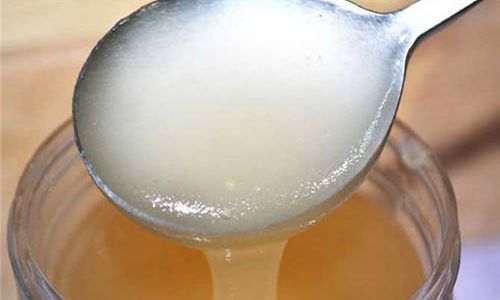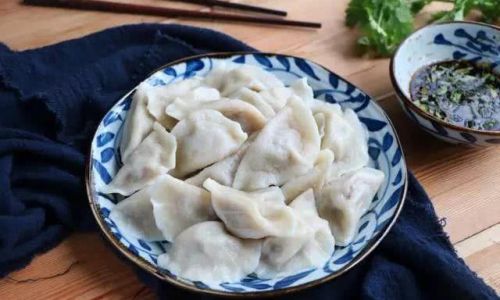In the realm of natural sweeteners, honey stands out not only for its unique flavor but also for its myriad health benefits. However, not all honey is created equal. One crucial distinction lies between raw honey and cooked honey, each offering distinct characteristics and potential health impacts. Understanding how to differentiate between these two types is essential for consumers seeking to harness the full potential of this natural elixir. This comprehensive guide aims to demystify the process of distinguishing raw honey from cooked honey, exploring their definitions, production methods, nutritional profiles, taste differences, and the health benefits associated with each.

Understanding Raw Honey
Raw honey, by definition, is honey that has been extracted from beeswax combs without undergoing any heating, filtering, or pasteurization processes. This means that raw honey retains all its natural enzymes, vitamins, minerals, pollen, and antioxidants in their purest forms. Bees produce honey through a complex process involving nectar collection, regurgitation, and evaporation of water within the hive. The resulting substance is a rich, golden-brown liquid that embodies the essence of the flowers from which the nectar originated.
Raw honey’s unique nutritional profile includes trace amounts of vitamins such as B6, C, riboflavin, niacin, and pantothenic acid. It is also rich in minerals like potassium, calcium, magnesium, phosphorus, sodium, zinc, iron, copper, manganese, and selenium. The presence of enzymes like diastase, glucose oxidase, and catalase further enhances its nutritional value. These enzymes play crucial roles in digestion, immune support, and maintaining the honey’s natural antibacterial properties.
Visually, raw honey often appears cloudy due to the presence of pollen grains and other micro-particles. Its texture can vary from thin and runny to thick and creamy, depending on the floral source and storage conditions. The taste is robust, reflecting the floral notes of the nectar used, with a slightly granular feel due to the undissolved sugar crystals.
Exploring Cooked Honey
Cooked honey, on the other hand, undergoes some level of processing that alters its natural state. This can involve heating to high temperatures for pasteurization, filtering to remove impurities, or even ultra-filtration to extend its shelf life and alter its consistency. While these processes may improve the honey’s appearance and texture, they come at a cost to its nutritional integrity.

Pasteurization, for instance, kills beneficial enzymes and bacteria, reducing honey’s natural antibacterial properties. Filtering removes pollen and other particles, stripping away some of honey’s unique flavors and nutrients. Ultra-filtration goes a step further, removing almost all solid matter, including proteins and some sugars, resulting in a clearer, smoother texture but at the expense of most of its nutritional benefits.
Cooked honey typically has a clearer, more uniform appearance and a smoother texture. Its taste can be milder, lacking the complexity and depth of flavors found in raw honey. The heating process also tends to make cooked honey more fluid, reducing its viscosity and the likelihood of crystallization.
Nutritional and Health Implications
The nutritional differences between raw and cooked honey are significant. Raw honey’s retention of enzymes, vitamins, minerals, and antioxidants makes it a superior choice for those seeking to harness honey’s full health potential. These nutrients support immune function, aid in digestion, and provide antioxidant protection against cellular damage.
Raw honey’s natural antibacterial properties, thanks to the presence of hydrogen peroxide and other compounds, make it a valuable addition to natural remedies for sore throats, wounds, and burns. Its ability to soothe coughs and alleviate allergy symptoms has also been attributed to its pollen content, which can help desensitize individuals to local allergens over time.
In contrast, cooked honey, while still sweet and enjoyable, lacks the robust nutritional profile and health benefits of its raw counterpart. The heating and processing involved can degrade or destroy many of the beneficial compounds found in raw honey, reducing its overall health-promoting potential.

Taste and Texture Preferences
Beyond nutritional considerations, personal preference plays a significant role in choosing between raw and cooked honey. Raw honey’s robust, floral flavors and granular texture may appeal to those who enjoy the earthy, authentic taste of nature’s sweetener. Cooked honey, with its smoother texture and milder taste, may be more palatable for those who prefer a cleaner, less intense flavor profile.
Conclusion
In summary, distinguishing raw honey from cooked honey involves understanding their production methods, nutritional profiles, taste differences, and health benefits. Raw honey, with its retention of natural enzymes, vitamins, minerals, and antioxidants, offers a superior nutritional package and a range of health benefits that make it a valuable addition to a healthy diet. Cooked honey, while still enjoyable, lacks these nutritional advantages due to processing that alters its natural state.
When selecting honey, consumers should look for labels that specify “raw,” “unrefined,” or “unpasteurized” to ensure they are getting the most nutritious and health-promoting option available. By making informed choices, honey enthusiasts can harness the full potential of this ancient sweetener, enjoying its unique flavors and reaping its myriad health benefits.





0 comments